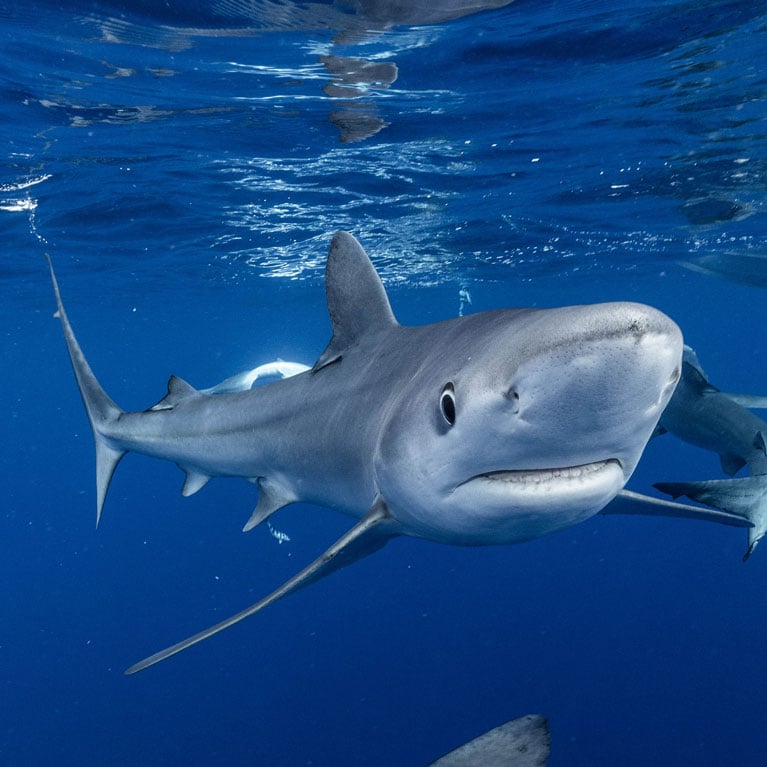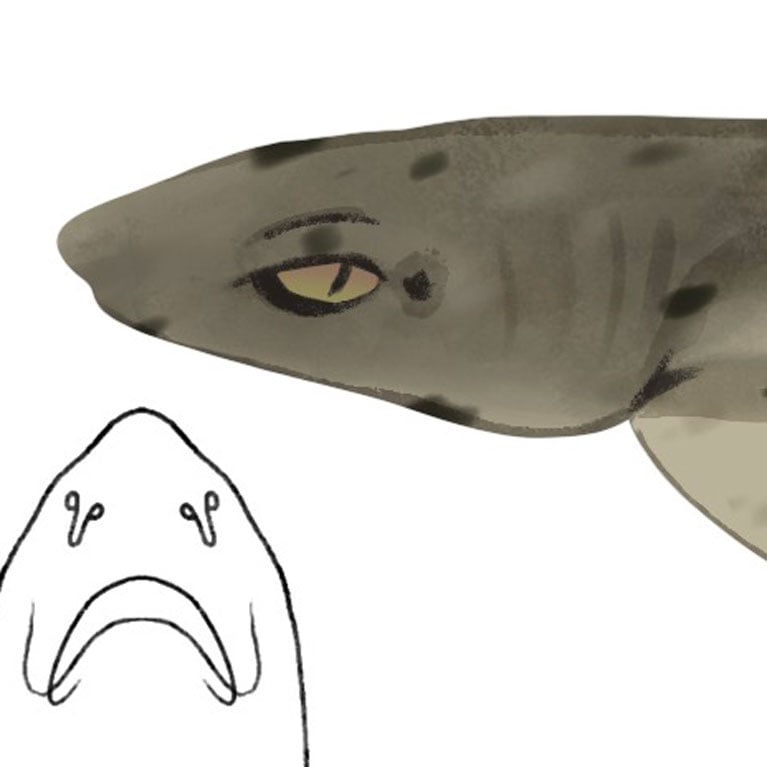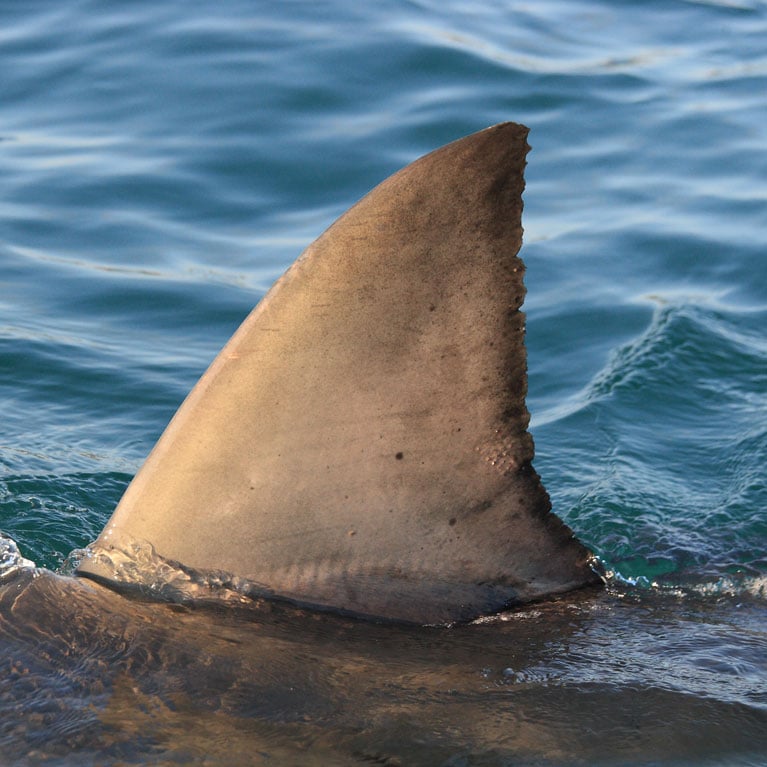Correcting shark catch counts in Chile
Chile’s artisanal catch report form is in need of overhaul. Valentina is describing and quantifying the underestimation of artisanal shark catches. She also wants to propose constructive changes to the local authorities. To do this, she is assessing the species caught and those reported by fishermen, as well as recording what names fishers in different regions of the (very) long coast use for different species, and what name they would typically use to report these species. Another goal is to properly identify species potentially threatened by artisanal fisheries, which means having each fisher identify the species caught as target or incidental catch.
Ever since I was a child, my fascination for animals – particularly those that might raise an eyebrow or two, like frogs, snakes, orcas and sharks – has been a driving force. This curiosity led me on a path to discovering my true vocation. I initially thought that everyone aspired to be a National Geographic wildlife photographer and just chose a more conventional route. But my unwavering enthusiasm for random animal facts, as my dad so candidly pointed out, turned out to be my calling. Sadly, even though more than 50 shark species have been reported for my home...



Assessing misreporting and underestimated catch magnitudes in sharks in Chilean artisanal fishieries
Our key objective is to describe the underestimations in artisanal shark catch in Chile due to the current catch report form, using interviews with local fishermen and comparing them to the annual report compendium. We also aim to propose changes in the form to minimise underestimations of exploitation rates.
This will enable us to estimate more accurately the annual shark catch in Chile. Fewer than half of the shark species present can be recorded on the report form when caught. Of those, fewer than half were reported last year. Most fishermen apparently report only species they have a quota for, not including sharks. This may be causing shark catches in an important part of the Pacific coast to be severely underestimated and risking inappropriate conservation policies.
Sharks are in a globally critical situation because they are overexploited and they have low renewal rates due to their late sexual maturity and few offspring. Even if threatened species fall under the protection of CITES, artisanal fishers can still legally catch them, and illegal finning still occurs.
Chile’s artisanal catch report form has a drop-down list of species that can be reported, but just a few shark species are included and they are given common names that are normally not the same names used by the fishers. In addition, common names frequently vary from north to south in a country with such a long coastline. According to work previously done with fishermen, many state that they report only their main catch, usually the one they have a quota for, and do not include bycatch or less abundant species such as sharks.
Chile has 6,435 kilometres (4,000 miles) of coast, which represents most of the south-eastern Pacific, and more than 50 shark species have been reported in its ocean, including shortfin mako, porbeagle, speckled smoothhound, thresher, blue and great white. This means that a failing catch report system for this country could have a continental and worldwide impact on shark-exploitation data and conservation policies.
- To describe and quantify the underestimation of artisanal shark catch in Chile due to the report form format and propose constructive changes to the local authorities.
- To assess the species caught and those reported by fishermen, and discover what they call them and under what name they would report them.
- To properly identify species potentially threatened by artisanal fisheries and record whether each species caught is identified by each fisherman as bycatch or intended catch.
Summary of main research results/outcomes:
Interviews with artisanal fishers across three Chilean sites spanning 3,450 km revealed significant regional differences in shark species recognition, with highest richness in the central region (60 species) and lowest in the south (10). Several species showed clear latitudinal trends, mostly favoring northern-central waters. Shark captures are widely underreported—only 17.6% of confirmed captures were said to be reported—due to regulatory constraints, fear of sanctions, and a system that excludes discarded or unauthorized landings. Vernacular naming is inconsistent and imprecise, often misaligned with the outdated national list of reportable species. Reporting is further weakened by indirect data entry via union representatives. Findings will be compiled for publication and communicated to authorities. Key recommendations include updating and expanding the national nomenclature list, accompanied by scientific names, and providing incentives—such as market rewards—for bycatch reporting. These measures aim to reduce underreporting and enable effective, data-driven shark conservation.

